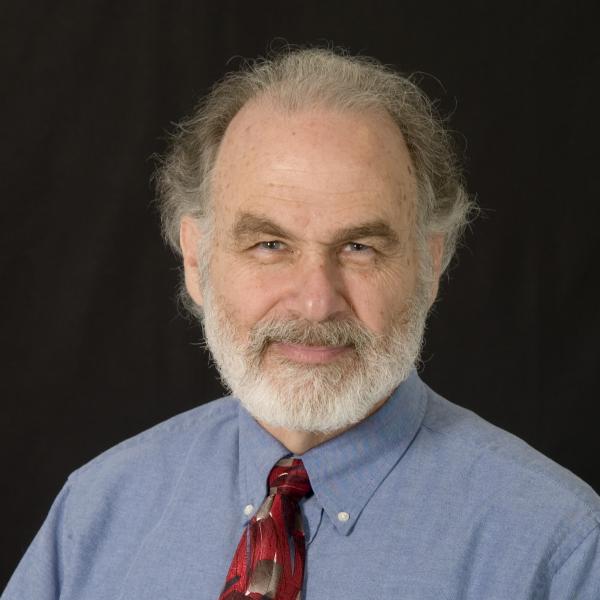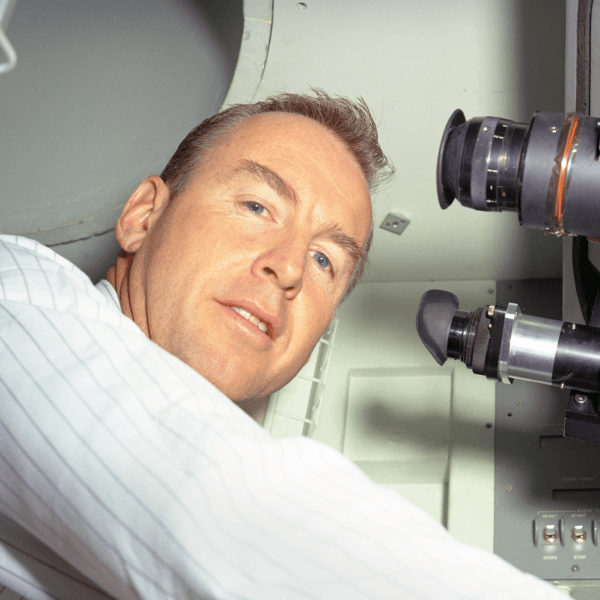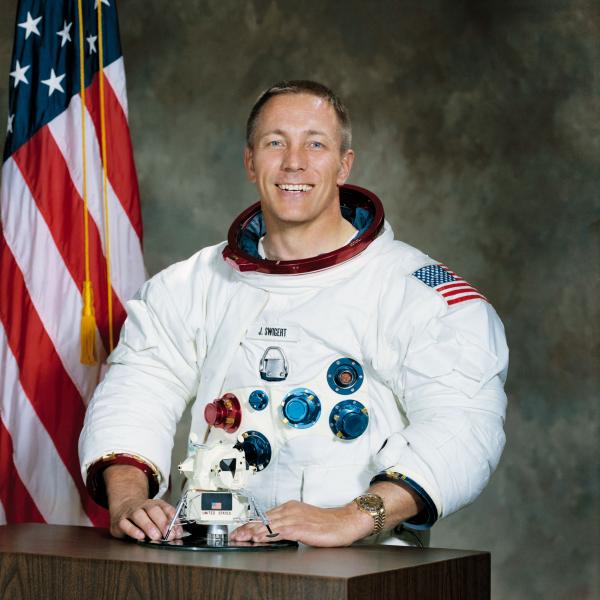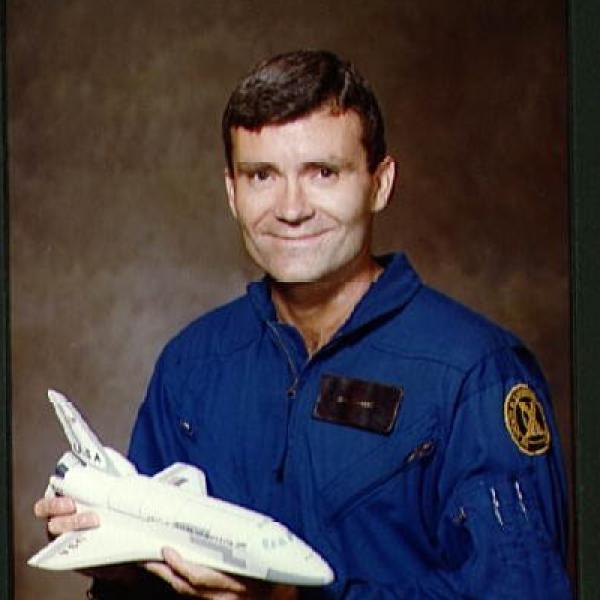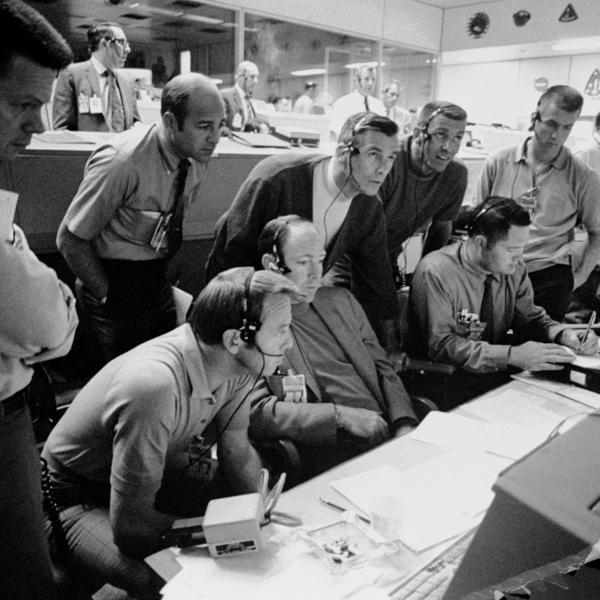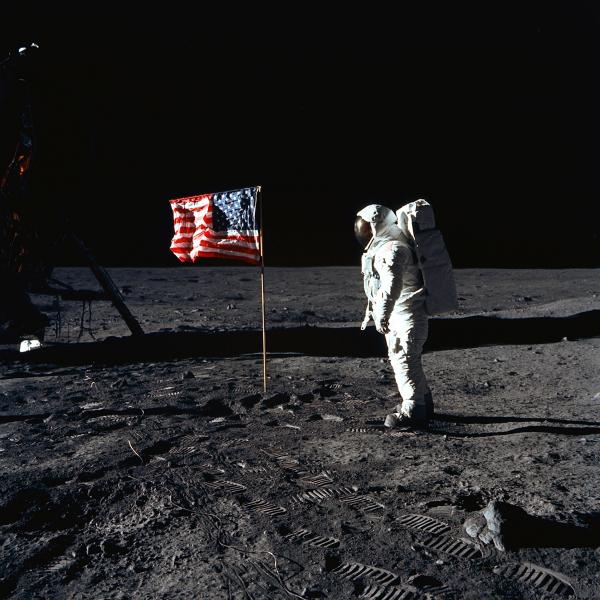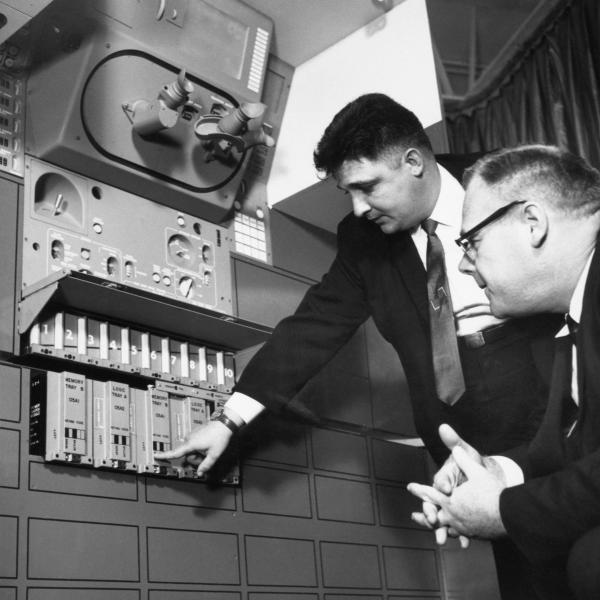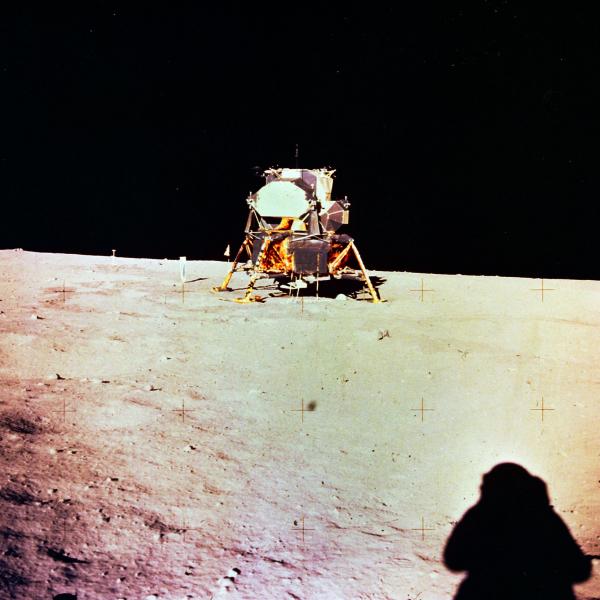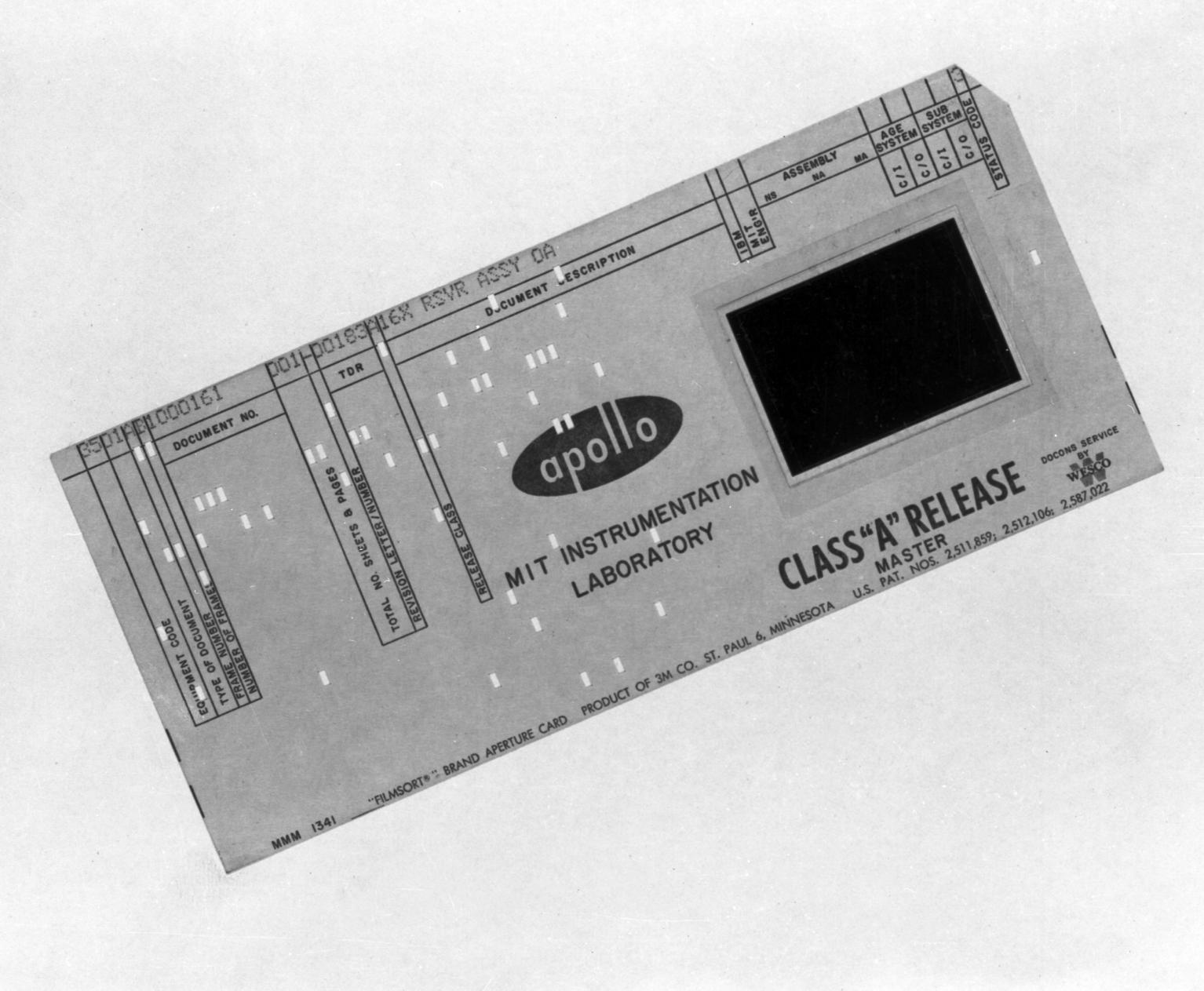
In Their Own Words: Lance Drane on Apollo 13
Lance Drane worked in computer science and programming at Draper during and after the Apollo missions.
"Apollo 13 was different because I was up to my eyeballs in it.
Apollo 11 was in a place where it was expected to be. It was known what would happen next; it was known what the recovery was. It would be disappointing but nothing was outside of the vision. Apollo 13 was outside of the vision.
Soon as it happened, the question was asked “Can your simulator simulate the lunar module pushing the command module back home?” It’s a tricky maneuver. It was called bending modes. I was in a meeting many, many years before that when we asked, “Should we build the capability of the lunar module pushing the command module?” And the decision was no.
Now, this isn't a bad decision. There were thousands of decisions that were made no, which means take this path instead of that path. You can't do them all. But in those days when you took a path you essentially wired out the possibility of ever going back and adding it in. It’s different these days you can build a whole system and you leave out a feature it's like leaving a room empty and if you need it you go back and you fill in that room. In those days if you have that feature all the space was reallocated to everyone else there was no there was no going back and fixing it.
We had to answer the question. When the lunar module fires its engine to push the command module is the whole thing going to break in half and fly apart? Nobody comes home. There is no recovery.
We didn't have a day, you know, we had hours. And so with our punch cards making changes, the programs going through the hopper being read by operators into the machine and this old fashioned way of doing business in 1969, we made the changes and they wrote to run a few sims and say at least that the procedure that they had proposed would logically work and computers would do it.
But there was an enormous relief when the burn happened and it didn't come apart. Just an incredible sense of relief. The whole mechanics of Apollo 13 making it back were daunting.
So the three days coming back were nerve racking because they had to to just survive. But there are still a number of steps that have to be taken to get home safely. One of them is that the command module has to separate from the service module. It wasn't known that the separation was going to work because it wasn't known what the real problem was. The astronauts maneuvered themselves to take pictures of what the damage was and that's when we saw this incredible explosion this side of the service module.
It just it was unbelievable. No one could believe that an explosion that disastrous had happened and no further damage had been done. But it just reentered flawlessly like it's been trained to do."
